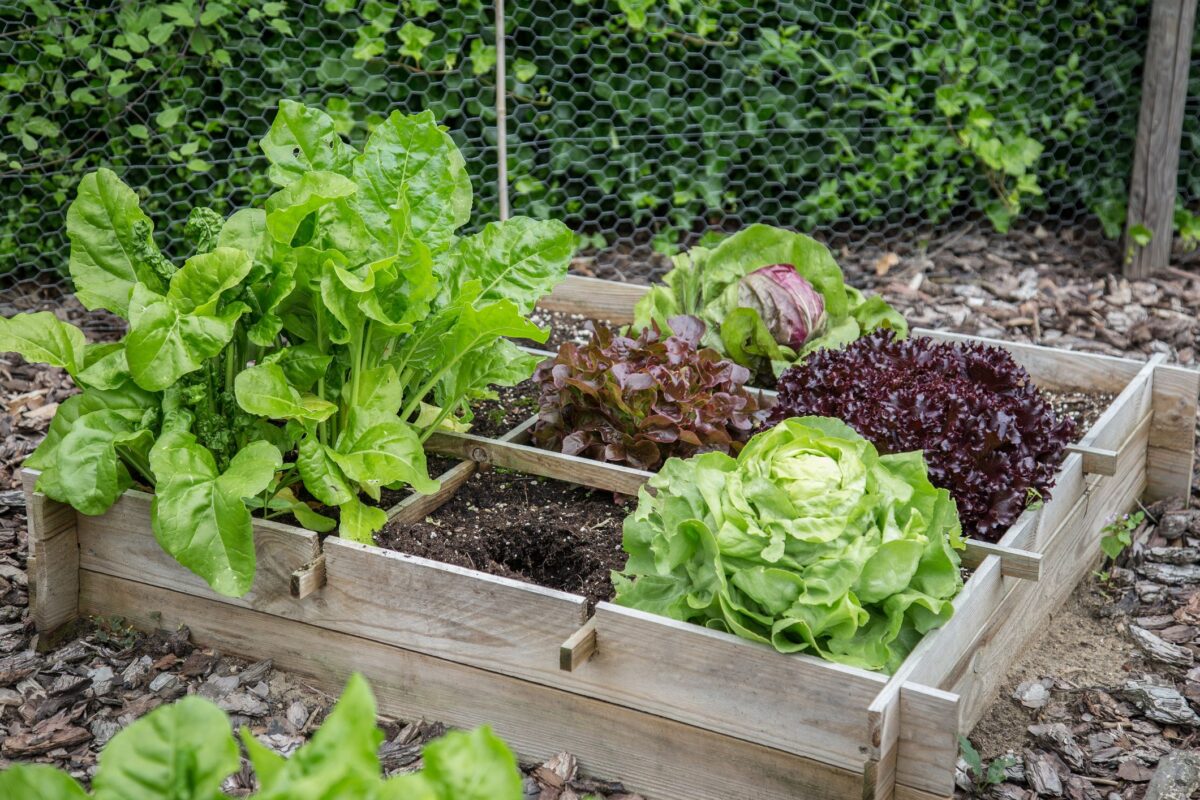How Can Beginners Start A Successful Garden?

Gardening is a rewarding hobby that connects us to nature, promotes well-being, and even provides fresh produce right from our backyards. For those exploring the best gardening for beginners, the prospect of starting a garden can be both exciting and daunting. The key to a successful garden lies in careful planning, understanding your environment, and consistent care. In this article, we will guide you through the essential steps to help you start and maintain a thriving garden, no matter your experience level.
Understanding Your Garden Space
Before you plant the first seed, it’s crucial to assess your garden space. Whether you have a large backyard, a small balcony, or a few windowsills, understanding the limitations and possibilities of your space will determine what you can grow successfully.
Assessing Sunlight Exposure
Plants require varying amounts of sunlight. Some thrive in full sun, while others prefer partial shade. Observe your garden space throughout the day to see how much sunlight it receives. Most vegetables and flowering plants need at least six hours of direct sunlight, so identify the areas with the most exposure.
Soil Quality and Type
The type and quality of soil in your garden will greatly influence plant growth. Conduct a soil test to determine its pH and nutrient content. Soil can range from sandy to clayey, and each type has its pros and cons. Amend your soil with compost or organic matter to improve its structure, fertility, and drainage.
Climate Considerations
Your local climate will dictate what plants you can grow and when you should plant them. Research your USDA Hardiness Zone to understand the average first and last frost dates in your area. This information is critical for planning your planting schedule and selecting suitable plant varieties.
Planning Your Garden Layout
A well-thought-out garden layout maximizes space and ensures each plant receives the care it needs. Consider the following elements when planning your garden layout:
Choosing the Right Plants
Select plants that are well-suited to your climate, soil, and sunlight conditions. Start with easy-to-grow varieties like tomatoes, lettuce, herbs, and marigolds, which are forgiving and provide a quick sense of accomplishment. It’s also beneficial to mix different types of plants, such as vegetables, herbs, and flowers, to attract pollinators and promote biodiversity.
Spacing and Grouping
Proper plant spacing is crucial to prevent overcrowding and to ensure that each plant has enough room to grow. Follow the recommended spacing guidelines on seed packets or plant labels. Group plants with similar needs together to streamline watering, fertilizing, and pest control.
Vertical Gardening
If you’re working with limited space, consider vertical gardening techniques. Use trellises, stakes, or hanging baskets to grow plants like beans, cucumbers, and strawberries upward. This not only saves space but also improves air circulation around the plants, reducing the risk of disease.
Preparing the Soil and Planting
Once your layout is ready, it’s time to prepare the soil and start planting.
Soil Preparation
Loosen the soil in your garden beds to a depth of at least 12 inches. Remove any weeds, rocks, or debris that could hinder plant growth. Incorporate compost or well-rotted manure to enrich the soil with essential nutrients. For container gardening, use a high-quality potting mix designed for the plants you’re growing.
Planting Techniques
When planting seeds, follow the depth and spacing recommendations provided on the packet. Water the soil thoroughly after planting, ensuring that the seeds or seedlings are settled into their new environment. For transplants, dig a hole slightly larger than the root ball, place the plant in the hole, and fill it in with soil, pressing gently around the base.
Mulching
Applying mulch around your plants helps retain moisture, suppress weeds, and regulate soil temperature. Organic mulches like straw, wood chips, or leaves also decompose over time, adding valuable nutrients to the soil.
Watering and Maintenance
Consistent care is the cornerstone of a successful garden. Proper watering and regular maintenance will keep your plants healthy and productive.
Watering Guidelines
The frequency and amount of water your garden needs will depend on the weather, soil type, and plant varieties. Generally, gardens require about 1-2 inches of water per week. Water deeply and infrequently to encourage deep root growth. Early morning is the best time to water, as it reduces evaporation and allows the plants to absorb moisture before the heat of the day.
Weeding and Pest Control
Weeds compete with your plants for nutrients, water, and sunlight, so it’s important to keep your garden weed-free. Hand-pulling, hoeing, and mulching are effective methods of weed control. Regularly inspect your plants for signs of pests or disease. Use organic pest control methods, such as introducing beneficial insects, using neem oil, or applying insecticidal soap, to protect your garden without harming the environment.
Pruning and Deadheading
Pruning and deadheading help direct the plant’s energy toward producing flowers and fruits. Remove dead or damaged leaves and spent flowers to encourage new growth and maintain a tidy garden appearance.
Fertilizing and Supporting Plant Growth
Nutrient-rich soil is essential for vigorous plant growth. Fertilizing your garden ensures that plants receive the necessary nutrients to thrive.
Choosing the Right Fertilizer
There are many types of fertilizers available, including organic and synthetic options. Select a balanced fertilizer with equal parts nitrogen, phosphorus, and potassium, or choose one tailored to the specific needs of your plants. Organic fertilizers, such as compost, fish emulsion, or bone meal, provide slow-release nutrients and improve soil health over time.
Applying Fertilizer
Follow the application instructions on the fertilizer package to avoid over-fertilizing, which can damage plants. Apply fertilizer when plants are actively growing, typically in the spring and summer months. For best results, combine fertilizing with regular watering to help distribute the nutrients throughout the soil.
Staking and Supporting Plants
As your plants grow, some may require support to prevent them from toppling over. Stake tall plants like tomatoes or use cages and trellises for vining plants like cucumbers and beans. Proper support ensures that plants receive adequate sunlight and air circulation, reducing the risk of disease.
Harvesting and Enjoying Your Garden
The ultimate reward of gardening is the harvest. Knowing when and how to harvest your crops will maximize their flavor and nutritional value.
Harvesting Techniques
Each plant has its harvesting guidelines. Harvest vegetables and herbs when they are fully ripe but still tender. Overripe produce may lose flavor or become tough. Use clean, sharp tools to cut fruits and vegetables from the plant to avoid damaging the rest of the plant.
Preserving Your Harvest
If you have an abundant harvest, consider preserving your produce through canning, freezing, or drying. This allows you to enjoy the fruits of your labor throughout the year and reduces food waste.
Reflecting on Your Gardening Journey
Gardening is a continuous learning process. After your first season, take time to reflect on what worked well and what didn’t. Keep a gardening journal to document your successes and challenges, and use this knowledge to improve your garden year after year.
Conclusion
Starting a successful garden as a beginner is an enriching experience that brings numerous rewards. By understanding your garden space, planning carefully, and providing consistent care, you can create a thriving garden that yields beautiful flowers, fresh produce, and personal satisfaction. Gardening teaches patience, fosters a connection with nature, and provides a peaceful retreat from the hustle and bustle of daily life.








